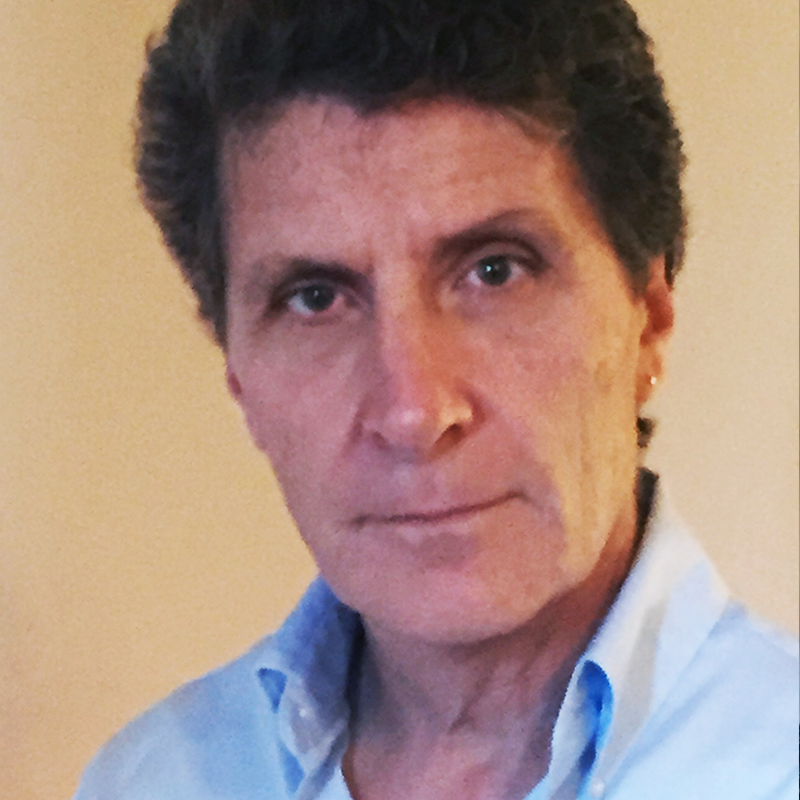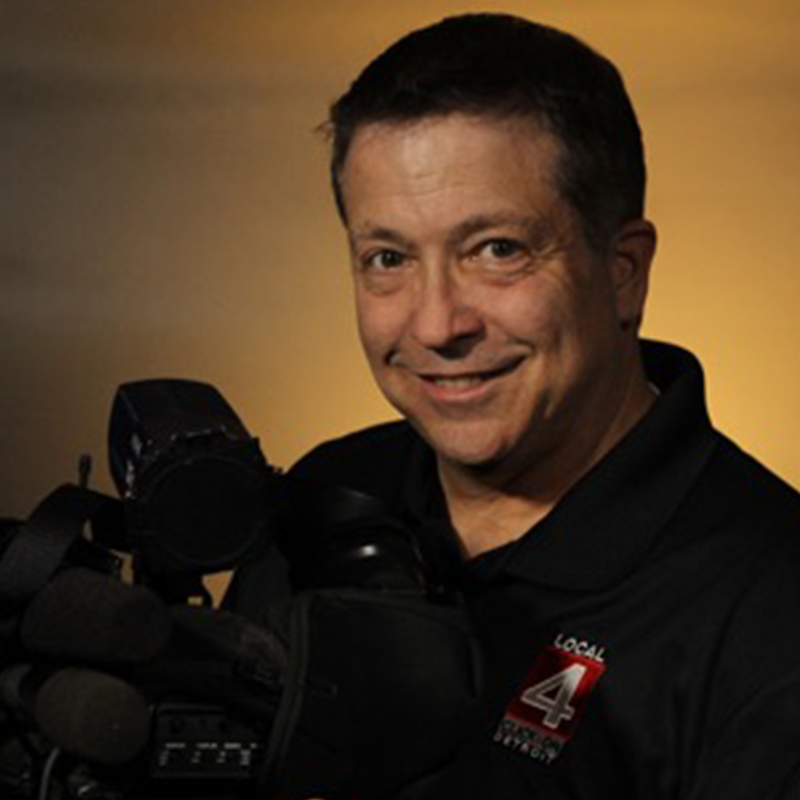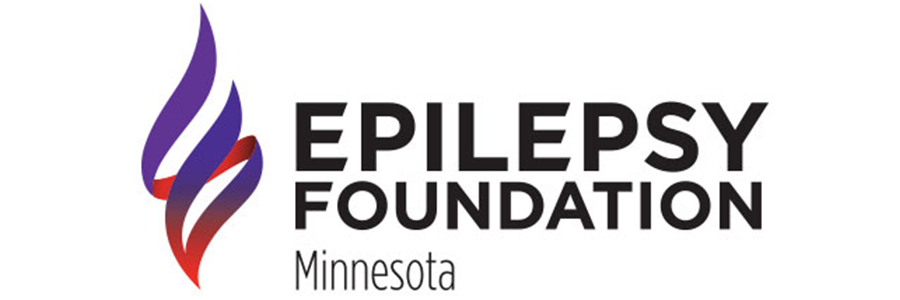Stacia's story
Seizures can strike anyone, at any age, and in about 60 percent of cases, the reason is unknown.
My first seizure
My first one surprised everyone. I was a healthy college runner, preparing for my junior cross country season at the University of Minnesota when I had a seizure at my apartment. Another one struck soon after, but just as quickly as they started, they stopped. Doctors had no idea what triggered those two, so I moved on with my life.
Living with seizures
About three years later, seizures would return in many forms. They scared everyone around me. Everyone but me. It’s easier to deny that you could possibly have epilepsy, despite living with seizures, when you don’t have to witness them. Mine often struck when I was out running. Sometimes I was aware a seizure was coming so I’d stop on a curb and ride it out. Other times it would strike so quickly, I’d keep running and get lost. I didn’t fall down and convulse. My legs still moved while my brain was short-circuiting. Dangerous, yes. But at that point in my life, I wanted to keep improving as a TV video journalist and run a 2:50 marathon. Epilepsy didn’t fit well with my goals. But it eventually took over my life and ended my reporting career. A number of tests would make me a candidate for brain surgery. I felt incredibly lucky, because many people don’t qualify.
Experiencing stigma delayed my willingness to accept my condition
Why else deny epilepsy? Because epilepsy carries a strong stigma that dates back to ancient Greece. The truth is, epilepsy is as common as breast cancer in America, and takes just as many lives. But people don’t talk about it. I’ve faced plenty of stigma, but it took a horrible life change for me to finally talk. Former Minnesota Gophers football coach Jerry Kill spoke out after receiving a cruel email following a game in 2012.
The documentary
Brainstorm educates by showing a wide range of seizures, with the expertise of doctors to explain them. Brainstorm is a valuable resource for medical schools, K-12 nurses, teachers, students, health care providers, and the overall public to understand the brain disorder that affects 1 in 26 people.
Featured Advocates
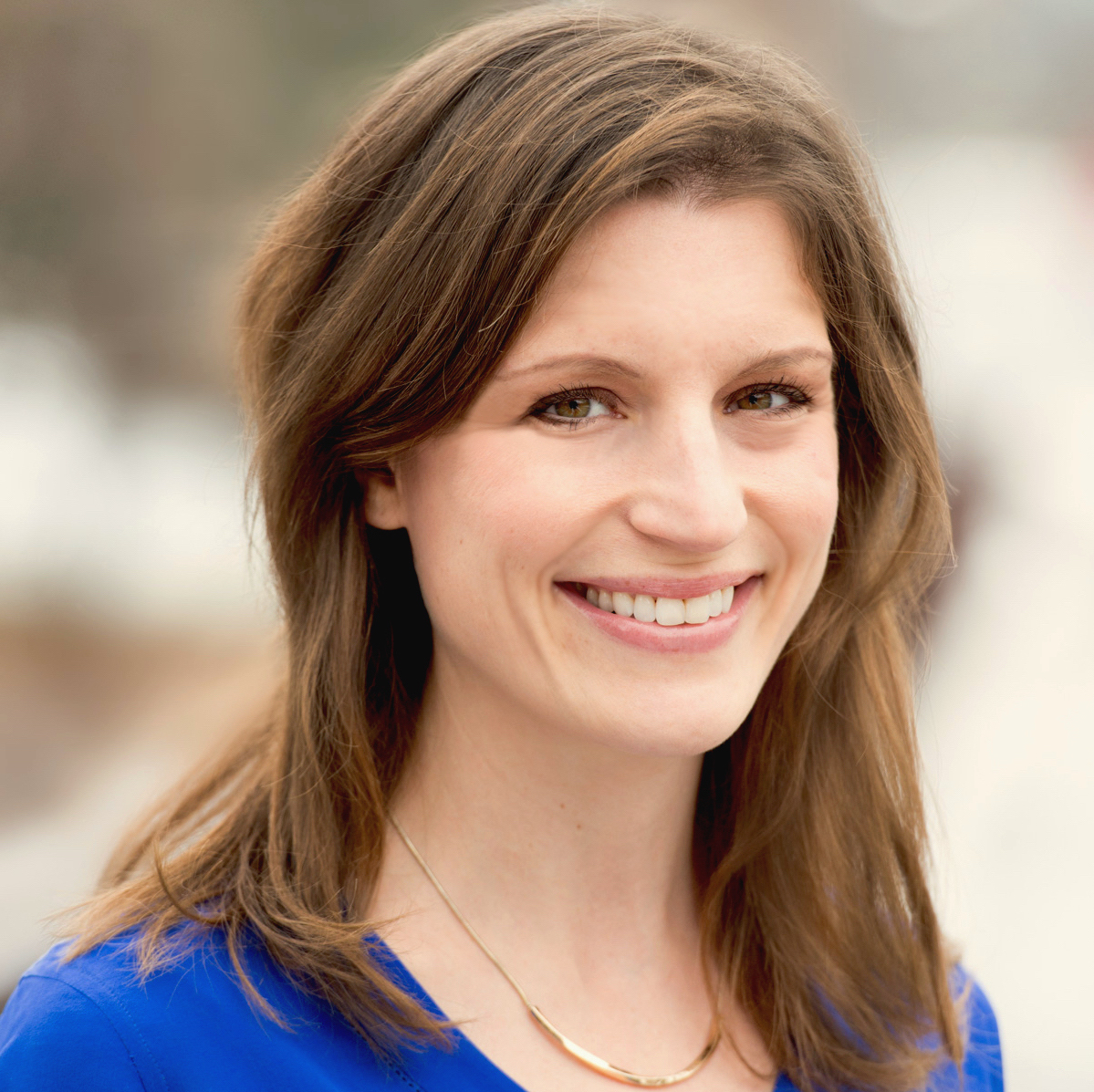


Featured Doctors
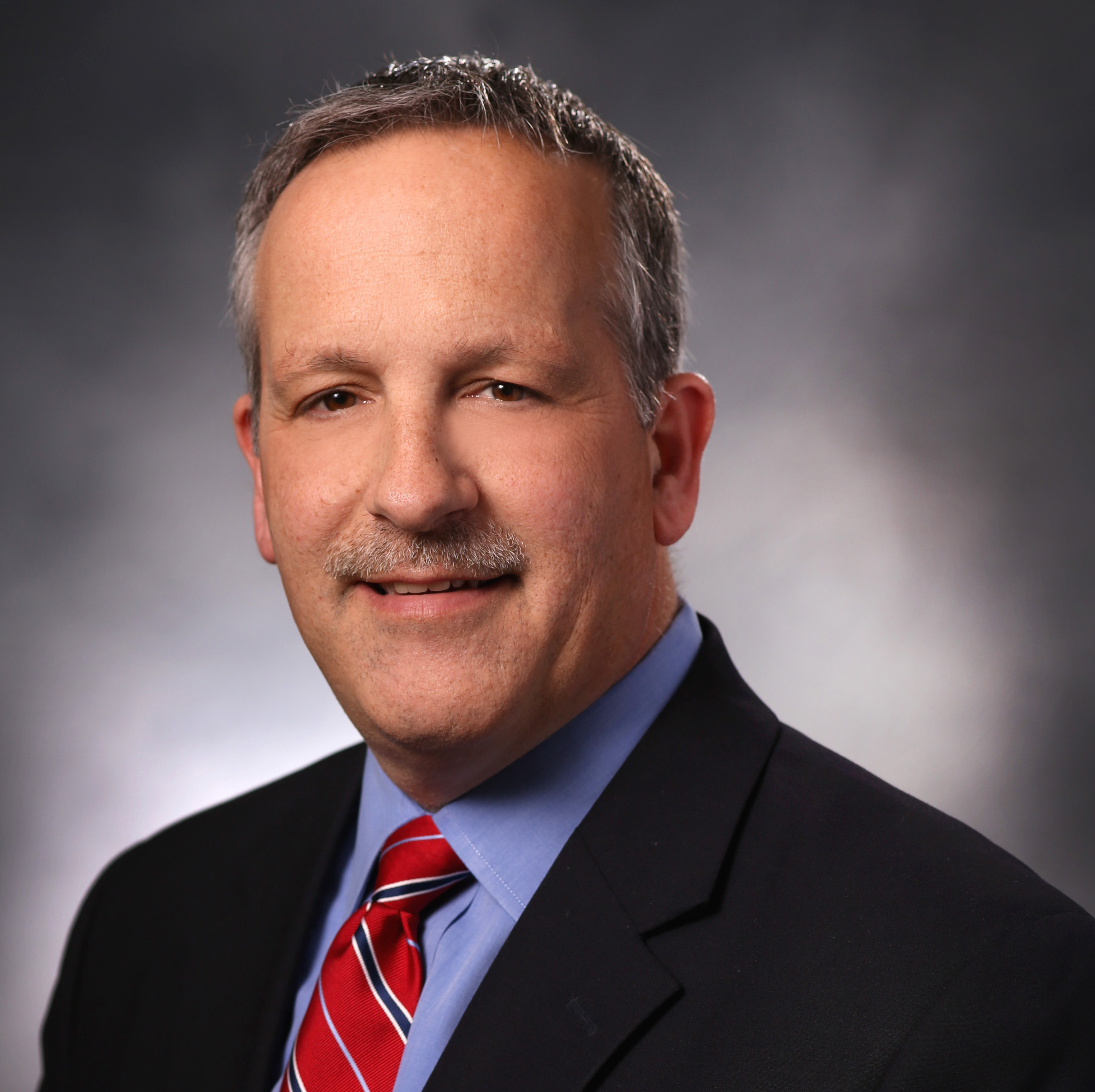
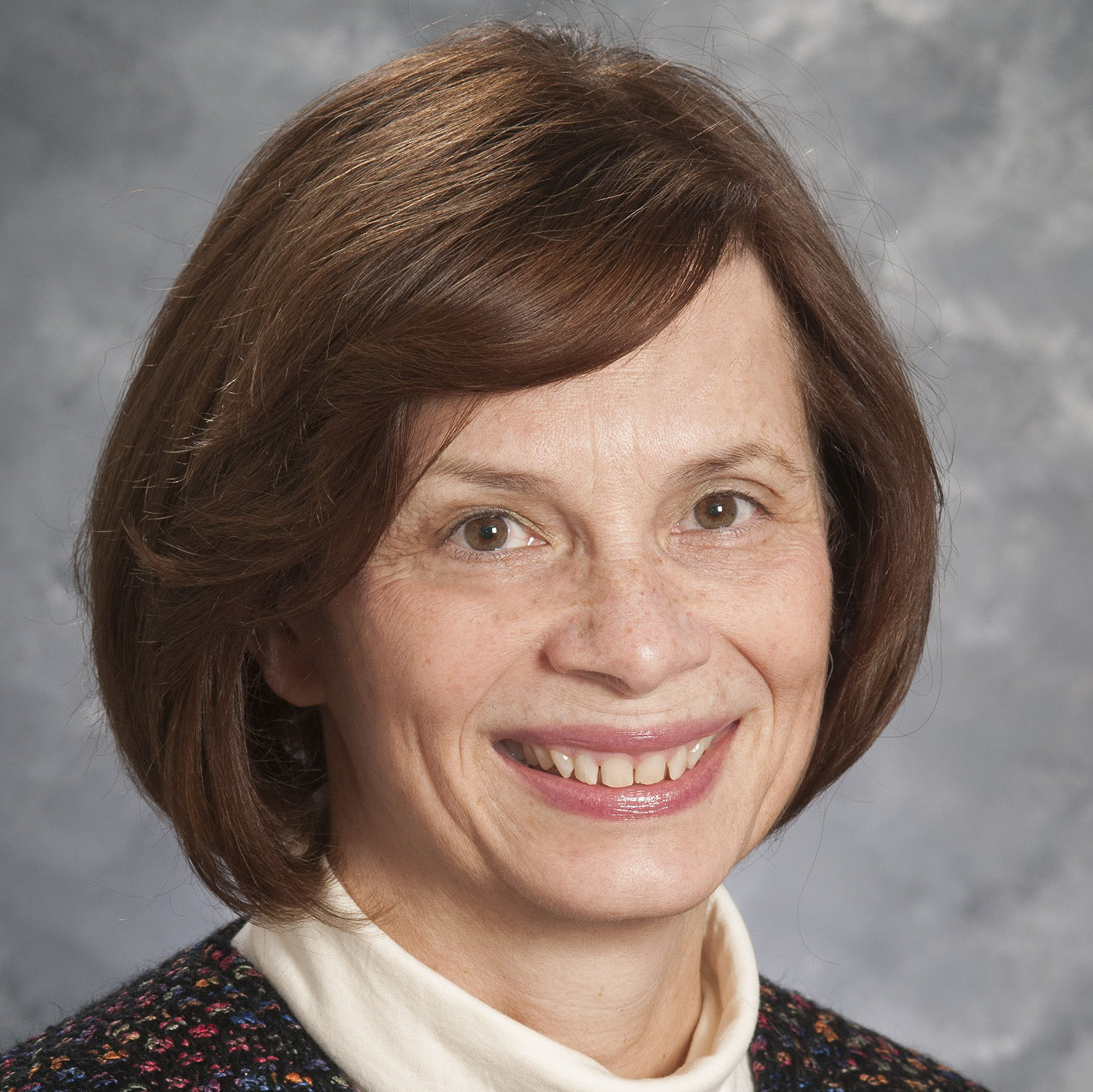
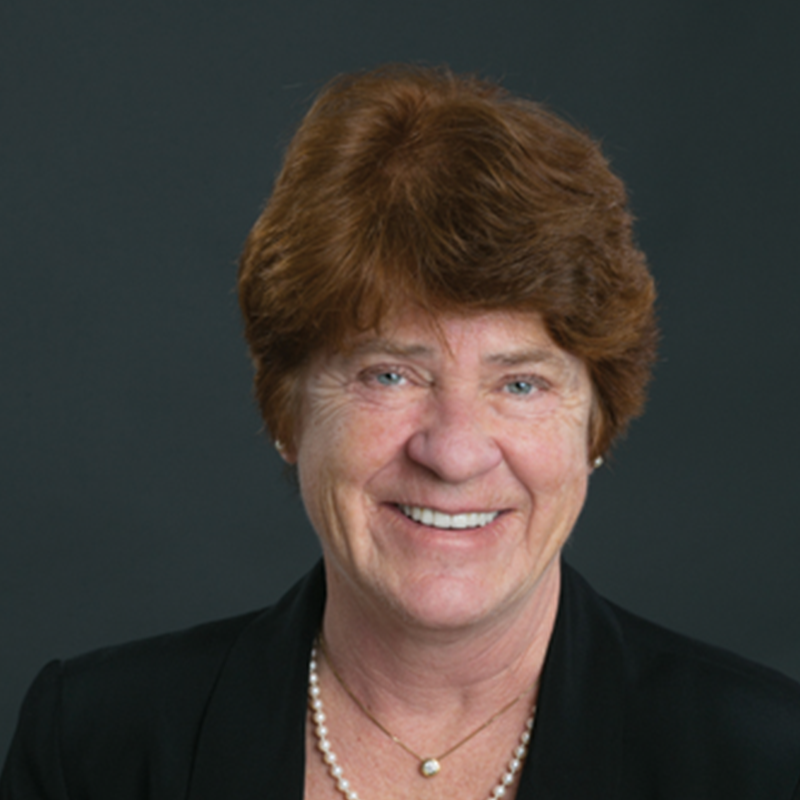
Brainstorm Crew
